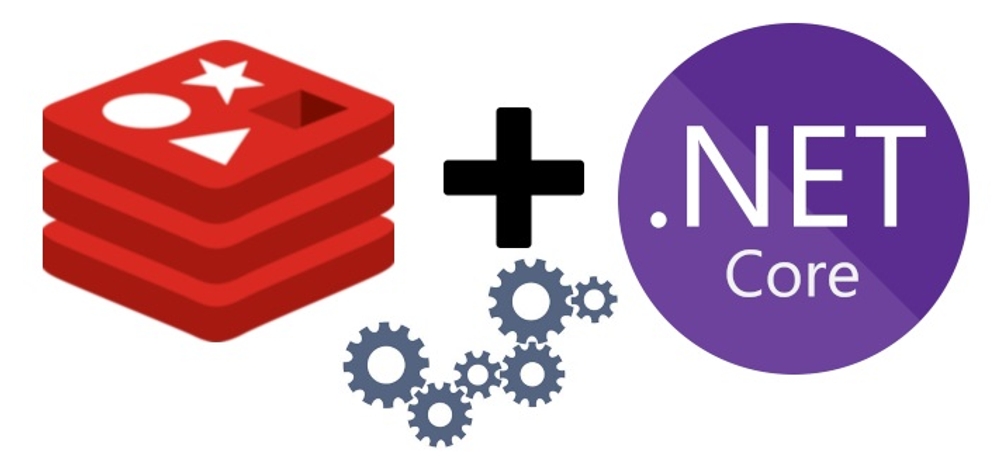Published
- 4 min read
Using Supabase PostgreSQL with ASP.NET Core and Entity Framework Core

Using Supabase PostgreSQL with ASP.NET Core and Entity Framework Core
Supabase provides a powerful PostgreSQL database as a service that can be easily integrated with ASP.NET Core applications. This guide will walk you through setting up a complete integration between Supabase’s PostgreSQL database and an ASP.NET Core web application using Entity Framework Core.
Prerequisites
To follow along with this guide, you should have the following:
- .NET SDK 8.0 or later
- A Supabase account and project
- Basic understanding of ASP.NET Core and Entity Framework
- Visual Studio 2022 or VS Code
Step 1: Project Setup
First, create a new ASP.NET Core Web API project using either Visual Studio or the .NET CLI:
dotnet new webapi -n SupabaseAspNetDemo
cd SupabaseAspNetDemoInstall Required NuGet Packages
Add the following NuGet packages to your project:
<ItemGroup>
<PackageReference Include="Npgsql.EntityFrameworkCore.PostgreSQL" Version="8.0.0" />
<PackageReference Include="Microsoft.EntityFrameworkCore.Design" Version="8.0.0" />
</ItemGroup>You can install these packages using the Package Manager Console or .NET CLI:
dotnet add package Npgsql.EntityFrameworkCore.PostgreSQL
dotnet add package Microsoft.EntityFrameworkCore.DesignStep 2: Database Context Setup
Create a new folder called Data and add a new class ApplicationDbContext.cs:
public class ApplicationDbContext : DbContext
{
public ApplicationDbContext(DbContextOptions<ApplicationDbContext> options)
: base(options)
{ }
public DbSet<Todo> Todos { get; set; }
protected override void OnModelCreating(ModelBuilder modelBuilder)
{
base.OnModelCreating(modelBuilder);
modelBuilder.HasDefaultSchema("public");
modelBuilder.Entity<Todo>(entity =>
{
entity.ToTable("todos");
entity.HasKey(e => e.Id);
entity.Property(e => e.Title).IsRequired();
});
}
}Step 3: Create Model Classes
Add a new folder called Models and create your entity classes:
public class Todo
{
public int Id { get; set; }
public string Title { get; set; }
public bool IsComplete { get; set; }
public DateTime CreatedAt { get; set; }
}Step 4: Configure Database Connection
Update appsettings.json
Add your Supabase database connection string to appsettings.json:
{
"ConnectionStrings": {
"DefaultConnection": "Host=db.your-project-ref.supabase.co;Database=postgres;Username=postgres;Password=your-password;Port=5432;SSL Mode=Require;Trust Server Certificate=true"
}
}Configure Services
Update your Program.cs to register the DbContext:
var builder = WebApplication.CreateBuilder(args);
builder.Services.AddDbContext<ApplicationDbContext>(options =>
{
options.UseNpgsql(builder.Configuration.GetConnectionString("DefaultConnection"));
});
// Add other necessary services
builder.Services.AddControllers();
builder.Services.AddEndpointsApiExplorer();
builder.Services.AddSwaggerGen();
var app = builder.Build();Step 5: Create API Controllers
Add a new controller to handle CRUD operations:
[ApiController]
[Route("api/[controller]")]
public class TodosController : ControllerBase
{
private readonly ApplicationDbContext _context;
public TodosController(ApplicationDbContext context)
{
_context = context;
}
[HttpGet]
public async Task<ActionResult<IEnumerable<Todo>>> GetTodos()
{
return await _context.Todos.ToListAsync();
}
[HttpGet("{id}")]
public async Task<ActionResult<Todo>> GetTodo(int id)
{
var todo = await _context.Todos.FindAsync(id);
if (todo == null)
{
return NotFound();
}
return todo;
}
[HttpPost]
public async Task<ActionResult<Todo>> CreateTodo(Todo todo)
{
_context.Todos.Add(todo);
await _context.SaveChangesAsync();
return CreatedAtAction(nameof(GetTodo), new { id = todo.Id }, todo);
}
[HttpPut("{id}")]
public async Task<IActionResult> UpdateTodo(int id, Todo todo)
{
if (id != todo.Id)
{
return BadRequest();
}
_context.Entry(todo).State = EntityState.Modified;
await _context.SaveChangesAsync();
return NoContent();
}
[HttpDelete("{id}")]
public async Task<IActionResult> DeleteTodo(int id)
{
var todo = await _context.Todos.FindAsync(id);
if (todo == null)
{
return NotFound();
}
_context.Todos.Remove(todo);
await _context.SaveChangesAsync();
return NoContent();
}
}Step 6: Database Migrations
Create and apply your initial migration:
# Using .NET CLI
dotnet ef migrations add InitialCreate
dotnet ef database update
# Or using Package Manager Console in Visual Studio
Add-Migration InitialCreate
Update-DatabaseSecurity Considerations
Protecting Connection Strings
In development, use User Secrets to store your connection string:
dotnet user-secrets set "ConnectionStrings:DefaultConnection" "your-connection-string"For production, use environment variables or a secure configuration management system.
SSL Configuration
Ensure SSL is enabled for database connections by including SSL Mode=Require in your connection string. Supabase requires SSL for all connections.
Testing the Application
- Start your application:
dotnet run- Test the API endpoints using Swagger UI (available at
/swagger) or using curl:
# Get all todos
curl -X GET https://localhost:5001/api/todos
# Create a new todo
curl -X POST https://localhost:5001/api/todos \
-H "Content-Type: application/json" \
-d '{"title":"Test Todo","isComplete":false}'Common Issues and Solutions
SSL Certificate Errors
- Add
Trust Server Certificate=trueto your connection string in development - In production, properly configure SSL certificates
- Add
Connection Issues
- Verify your Supabase project is active
- Check if the database password is correct
- Ensure your IP is allowlisted in Supabase
Migration Errors
- Ensure you have the correct database permissions
- Check if the schema name matches your configuration
Conclusion
You now have a fully functional ASP.NET Core application integrated with Supabase PostgreSQL. This setup provides a solid foundation for building scalable web applications with features like:
- Full CRUD operations
- Entity Framework Core integration
- Secure database connections
- API endpoint documentation with Swagger
Remember to regularly update your packages and follow security best practices when deploying to production.